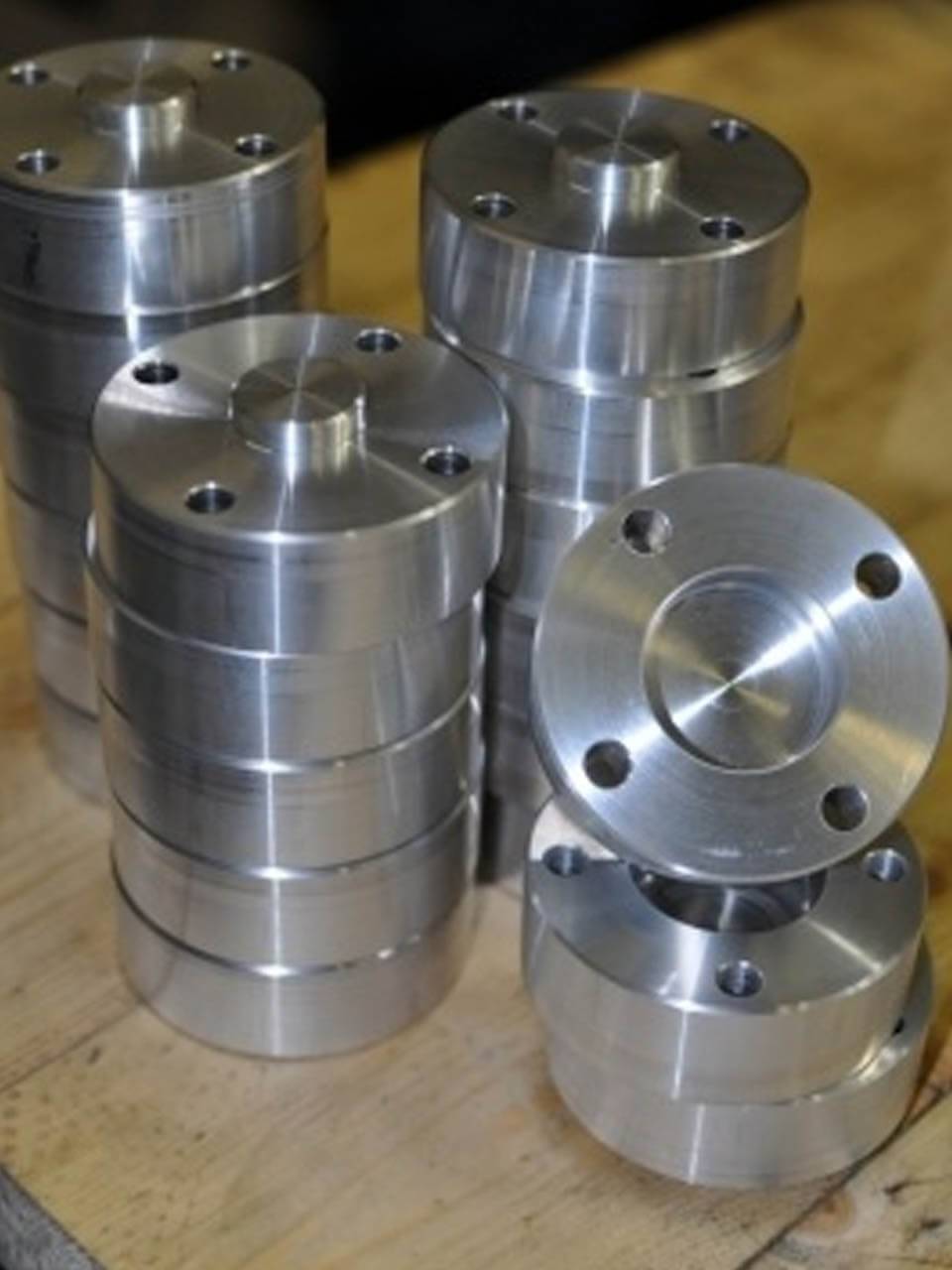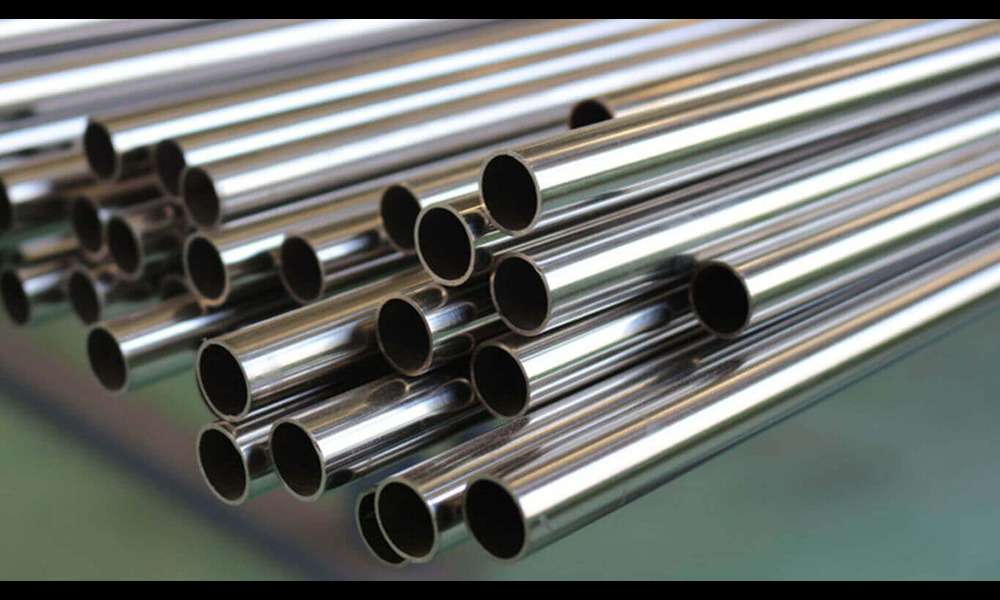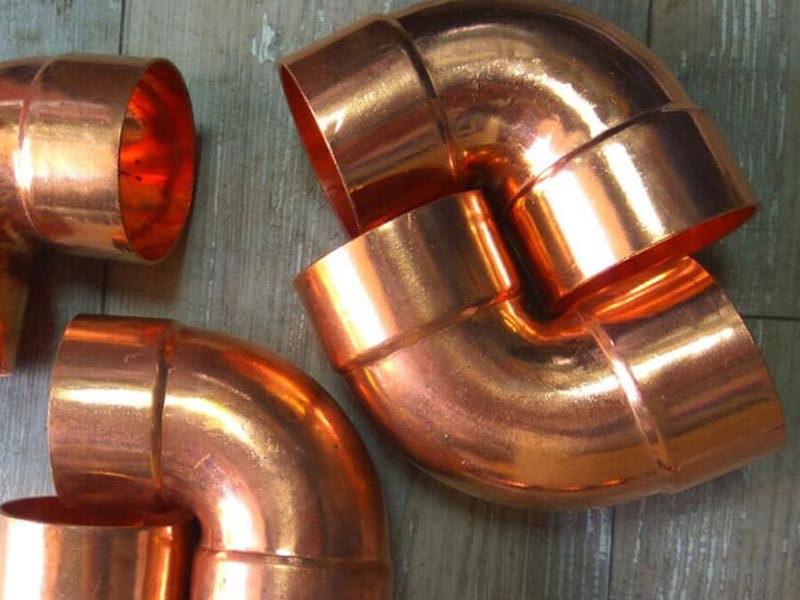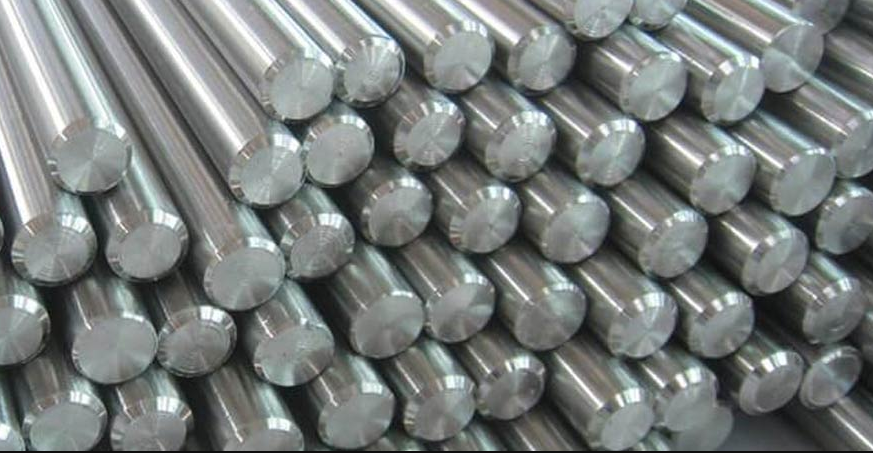When undertaking an industrial project, you want to ensure that all components are of the highest quality and reliable materials. Among these is a stainless steel flange: this durable piece can protect your machinery against corrosion or pressure, making it integral for any installation in harsh environments. But as hundreds of different types are available on the market, choosing the right one can be confusing – and mistakes costly. To help you make sound decisions when selecting the perfect stainless steel flange for your industrial project, we will discuss what aspects should be considered during this process, from suitable strength levels and coatings to tightening measures and protection requirements. Get ready for a comprehensive guide packed with useful information!
What is a Stainless Steel Flange?
Stainless Steel Flange is a type of pipe or pipeline fitting that connects two pieces of piping. A flange provides an additional support point and increases the strength and stability of the connection between two pipes. Stainless steel flanges are made from corrosion-resistant stainless steel, making them ideal for corrosive environments such as indoor pools, salty air environments, and chemical process lines. They can also withstand high temperatures, which makes them excellent for steam applications. Additionally, stainless steel flanges are easy to assemble & disassemble without any need for welding, offering great flexibility when installing or replacing piping systems.
Determine the Application and Requirements
The first step in selecting the right stainless steel flange for your project is determining the application and requirements. The type of flange you choose will depend on factors such as temperature, pressure, medium, and piping system. For instance, if your project involves high-temperature applications, you may opt for flanges made of austenitic stainless steel, as they offer excellent high-temperature and corrosion resistance. Similarly, suppose your project involves high-pressure applications such as oil and gas systems. In that case, you’ll need to consider flanges with a higher pressure rating and thicker walls to handle the stress.
Understand Flange Types and Styles
Stainless steel flanges come in various types and styles, each having its specific use and application. The most common flange types include weld neck, slip-on, socket weld, lap joint, and threaded flanges. Weld-neck flanges, for instance, are suitable for high-pressure and high-temperature applications as they provide excellent strength and rigidity. Understanding the different flange types and styles is significant in choosing the best-suited one for your project.
Select the Right Material
Stainless steel flanges come in different grades, and choosing the correct one is essential in ensuring the long-lasting performance of your industrial project. The flanges’ most common stainless steel grades are 304, 316, and 316L. The grade choice depends on the transport medium, application conditions, and the flange type. 304 stainless steel is commonly used in low-pressure and low-temperature applications, while 316 stainless steel offers excellent corrosion resistance properties, making it ideal for highly corrosive applications.
Consider Flange Dimensions and Standards
Flanges have standard dimensions and are manufactured following ASTM standards. These standards ensure flange compatibility and interchangeability. Understanding the flange dimensions and standards is essential in ensuring the correct fit and functionality of the flange in your piping system. Be sure to identify the appropriate class, nominal size, and the facing type of your flange to avoid compatibility issues.
Seek Professional Advice
Choosing the right stainless steel flange for your industrial project can be daunting, especially when faced with the numerous options in the market. Seeking professional advice can help you make the right decision and save you time and money in the long run. Consult with experienced engineers and technical personnel who can help you select the best-suited flange based on your project requirements, budget, and timeline.
Conclusion:
In conclusion, choosing the right stainless steel flange for your industrial project is crucial in ensuring your system’s proper functioning and longevity. It’s important to consider various factors such as the application and requirements, flange type and style, material grade, flange dimensions and standards, and seek professional advice to make an informed decision. Following these tips, you can select the best-suited flange that meets your project needs and ensures your industrial application runs efficiently and safely.







